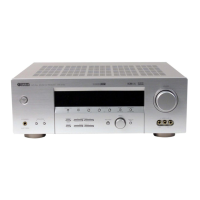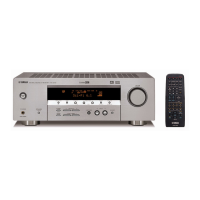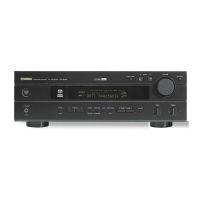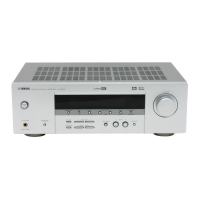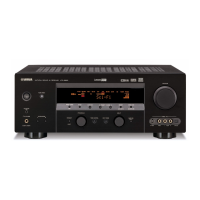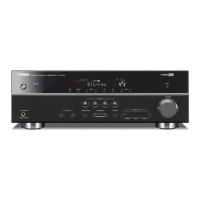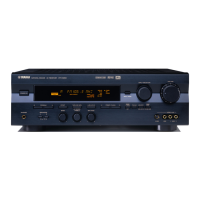Why is FM stereo reception noisy on my Yamaha HTR-5750?
- CChristopher MccoySep 9, 2025
If FM stereo reception is noisy on your Yamaha Receiver, check the antenna connections. Try using a high-quality directional FM antenna, as the characteristics of FM stereo broadcasts may cause this problem when the transmitter is too far away or the antenna input is poor.
